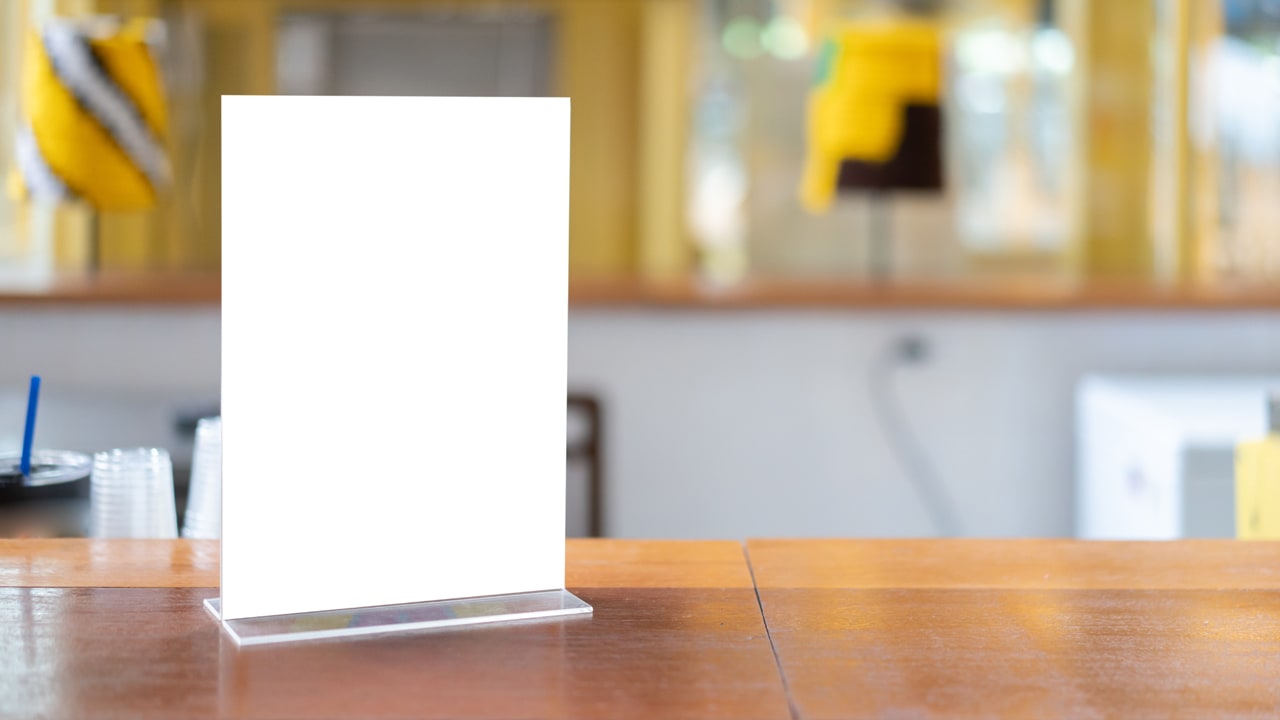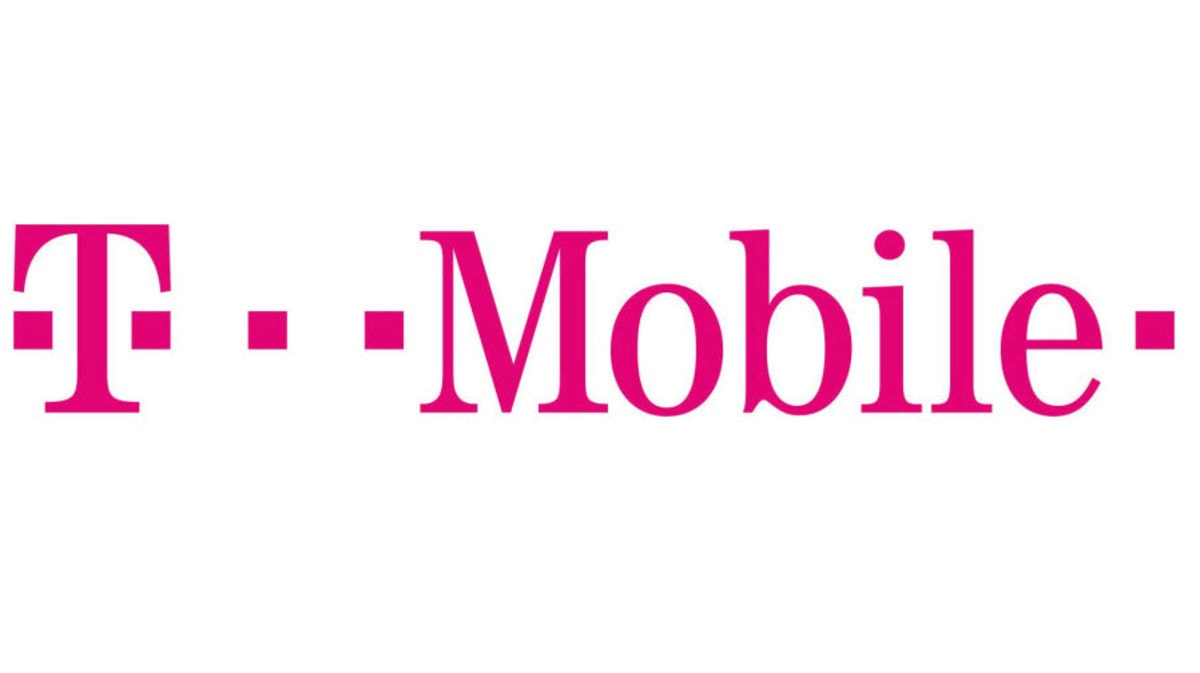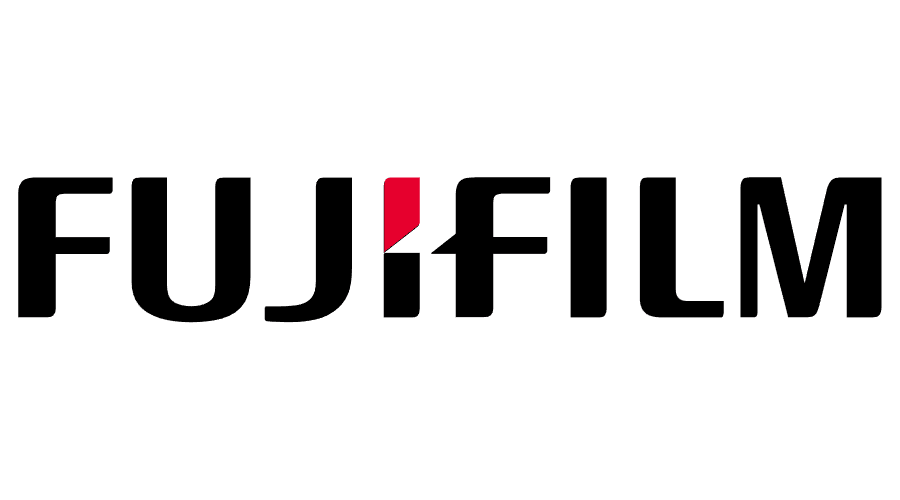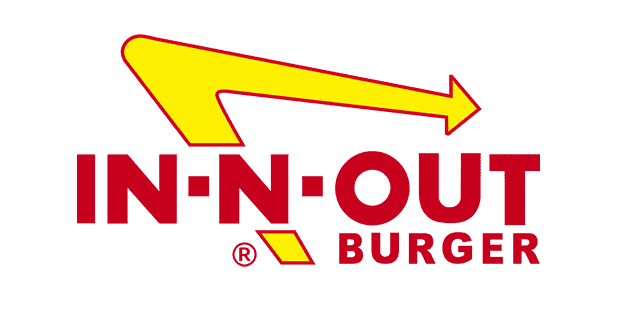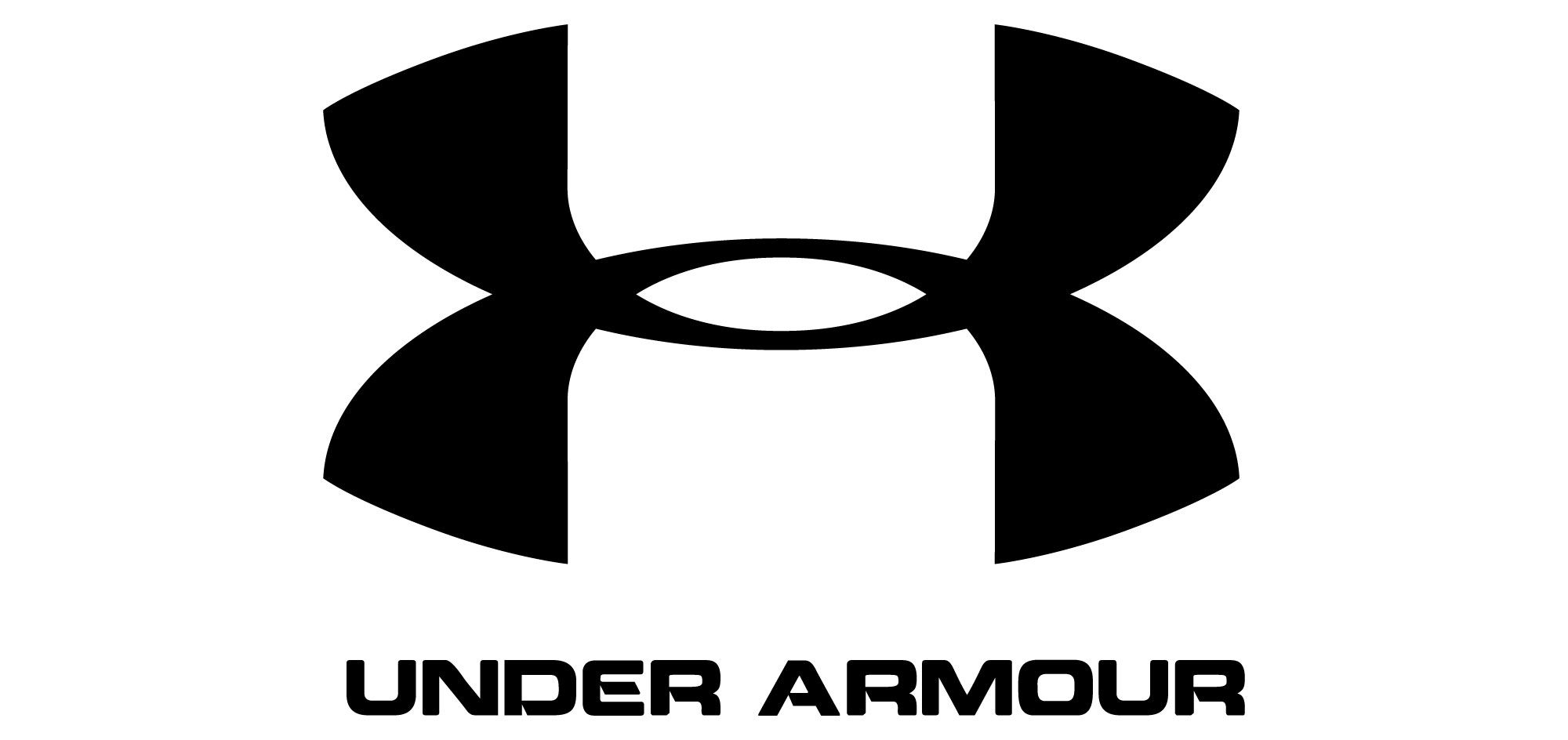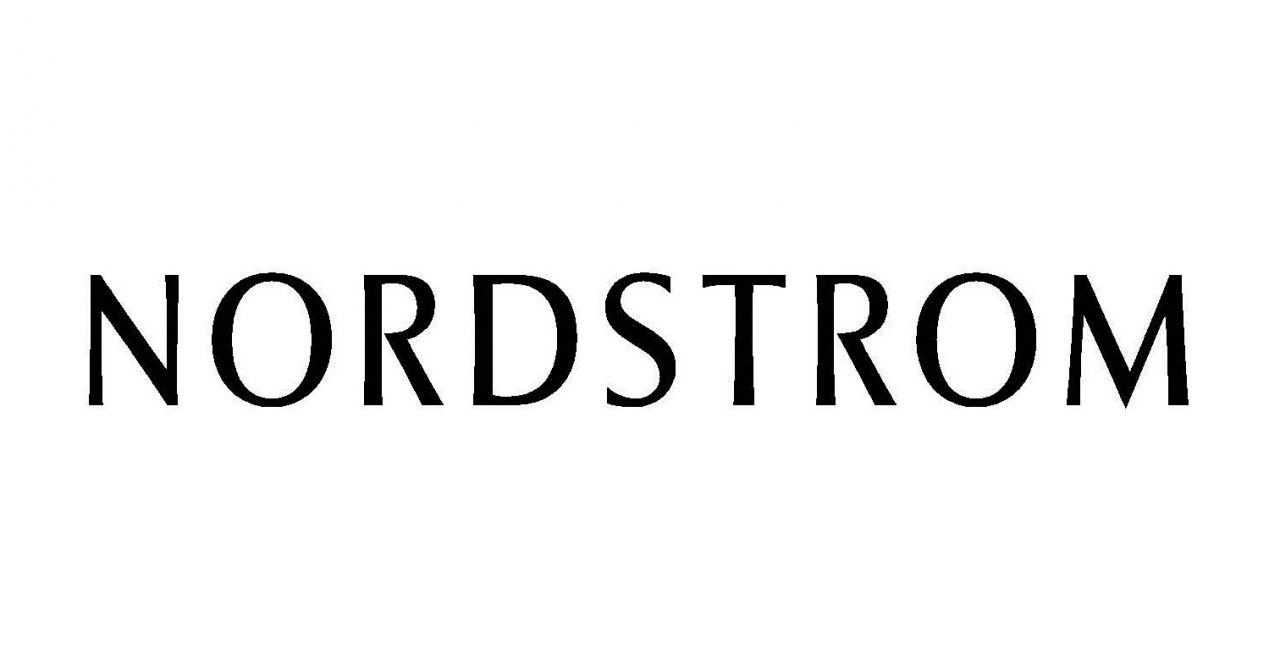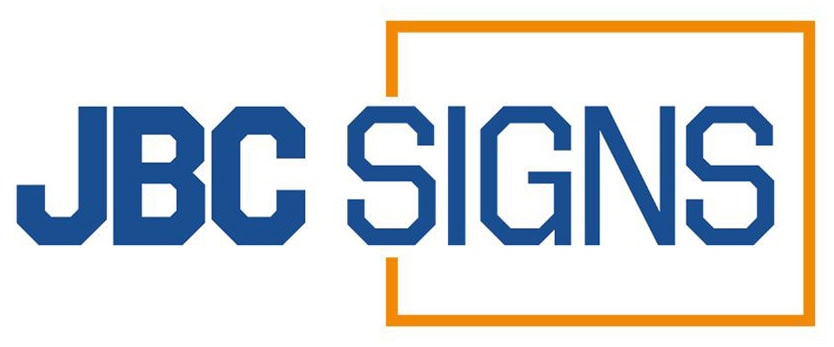Discover why acrylic stands out as the ideal choice, beating others in durability, aesthetic flexibility, and cost-effectiveness.
When choosing a suitable acrylic sign holder for your business, the choice of material plays a pivotal role in determining not only the aesthetic appeal but also the long-term durability and effectiveness of these essential display tools. While a wide range of materials is available, acrylic stands out as a popular choice for its versatility and myriad of benefits.
Learn more about the wide variety of sign holder materials, with a particular focus on acrylic and its counterparts — wood, metal, and glass. Examining factors such as durability, impact resistance, outdoor suitability, and aesthetic appeal, you'll be able to choose which material stands out as the ideal choice for various applications.
Common Styles of Acrylic Sign Holders
Acrylic often emerges as a preferred choice for many due to its balance of clarity, durability, and aesthetic appeal. Elevate your signages and displays with Displays and Holders—the leading manufacturer of premium acrylic sign holders.
- Top Loading Sign Holders
- Bottom Loading Sign Holders
- Angled Sign Holders
- Slatwall Sign Holders
- Curved Sign Holders
Comparison Based on Features and Characteristics
When comparing acrylic with other materials commonly used for sign holders in terms of long-term durability and effectiveness, several factors come into play. Here's a breakdown to help you understand the differences:
Durability
- Wood: Wooden sign holders, while providing a rustic charm, may lack the durability required in dynamic environments. They are prone to scratches, dents, and warping over time, making them less suitable for areas with heavy footfall.
- Metal: Metal sign holders offer durability but are susceptible to corrosion over time, especially in outdoor settings. While they may resist impact, their longevity may be compromised in certain environmental conditions.
- Glass: Glass sign holders, while elegant, are inherently fragile. While the scratch resistance of glass is great, it is prone to cracking and shattering, making it less suitable for areas where impact resistance is a crucial factor.
- Acrylic: Acrylics are renowned as an exceptionally durable material. With high impact resistance, they withstand accidental knocks and bumps without compromising their structural integrity. This makes them a perfect choice for high-traffic areas where durability is paramount.
Outdoor Suitability
- Wood: Wooden sign holders may struggle in outdoor settings due to their vulnerability to moisture and temperature changes, leading to warping and deterioration over time.
- Metal: Metal sign holders can withstand outdoor conditions to some extent, but their susceptibility to corrosion may compromise their longevity, especially in humid or salty environments.
- Glass: Glass sign holders are not the ideal choice for outdoor use due to their fragility. Harsh weather conditions and environmental factors can lead to breakage and potential safety hazards.
- Acrylic: Acrylic sign holders excel in outdoor environments. With weather resistance and UV resistance, outdoor acrylic signs maintain their clarity and structural integrity even when exposed to the elements. This makes it an excellent choice for outdoor signage.
Aesthetic Appeal
- Wood: Wooden sign holders offer a classic and natural aesthetic. While they provide a warm and inviting feel, their design options may be limited compared to acrylic.
- Metal: Metal sign holders often convey a sleek and modern aesthetic for a professional appearance. While they can be customized to some extent, the range of design options may be more restricted compared to acrylic.
- Glass: Glass sign holders provide a sophisticated and transparent look. However, their design flexibility is limited, and they may not offer the same range of customization options as acrylic.
- Acrylic: Acrylic frames are known for their design flexibility and aesthetic appeal. Available in a wide range of colors, thicknesses, and sizes, acrylic allows for intricate designs and customization, making it a versatile material for various branding and display needs.
Maintenance
- Wood: Wooden sign holders may require more delicate maintenance to avoid scratches and damage. Polishing and careful cleaning are essential to preserving their aesthetic.
- Metal: Metal sign holders can be durable but may require more attention to prevent corrosion. Regular cleaning and protective coatings are necessary to maintain their appearance.
- Glass: Glass sign holders demand careful handling to avoid scratches and breakage. Cleaning and maintenance may be more labor-intensive compared to acrylic.
- Acrylic: Standard acrylic sign holders are easy to maintain. Cleaning with soft cloths and mild detergent keeps them looking pristine. Their scratch-resistant nature ensures that regular maintenance does not compromise their appearance.
Dimensional Stability
- Wood: Wooden sign holders may be susceptible to changes in humidity and temperature, leading to warping and distortion. Maintaining dimensional stability can be challenging, especially in environments with varying climate conditions.
- Metal: Metal sign holders generally exhibit good dimensional stability. However, extreme temperature variations can affect their structure over time, potentially compromising their form.
- Glass: Glass sign holders maintain dimensional stability but are fragile. While they resist warping, they lack the impact resistance that acrylic provides.
- Acrylic: Acrylic materials maintain dimensional stability over time, resisting warping or distortion. Even with their wide range of sizes and variety of thicknesses, this material ensures that they retain their original form and appearance, even in fluctuating environmental conditions.
Weight
- Wood: Wooden sign holders can be heavier, especially when crafted from denser wood varieties. This may impact their ease of handling and installation.
- Metal: Metal sign holders can be heavier than acrylic, which may affect their suitability for certain applications where weight is a consideration.
- Glass: Glass sign holders can be heavy and may require more robust mounting solutions. This weight can be a limiting factor in certain display scenarios.
- Acrylic: Acrylic sign holders strike a balance between durability and lightness. They are relatively lightweight compared to materials like metal, making them easier to handle and transport.
Cost-Effectiveness
- Wood: Wooden sign holders may vary in cost depending on the type of wood used and the craftsmanship involved. Some wood varieties can be more expensive, impacting overall cost-effectiveness.
- Metal: Metal sign holders can be costlier than acrylic, particularly if premium metals are used. While they offer durability, the overall cost may be higher.
- Glass: Glass sign holders can be expensive due to the material and manufacturing processes involved. Their fragility may also impact cost-effectiveness over the long term.
- Acrylic: Acrylic sign holders are generally cost-effective, providing value for their durability, versatility, and aesthetic appeal. Their long lifespan and resistance to wear make them an economical choice.
Utilize the Acrylic Advantage with Displays and Holders
Ready to enhance your signage with the unmatched durability and effectiveness of acrylic? Displays and Holders is your go-to source for high-quality acrylic sign holders that excel in every aspect compared to other materials. From outdoor suitability to design flexibility, our versatile products stand out, offering the perfect blend of aesthetics and functionality.
Elevate your displays to new heights with Displays and Holders. Explore our wide selection of acrylic sign holders, each crafted to meet the highest standards of durability and effectiveness. Find the perfect solution for your signage needs—contact Displays and Holders at 714-527-1179 and experience the acrylic advantage today!

